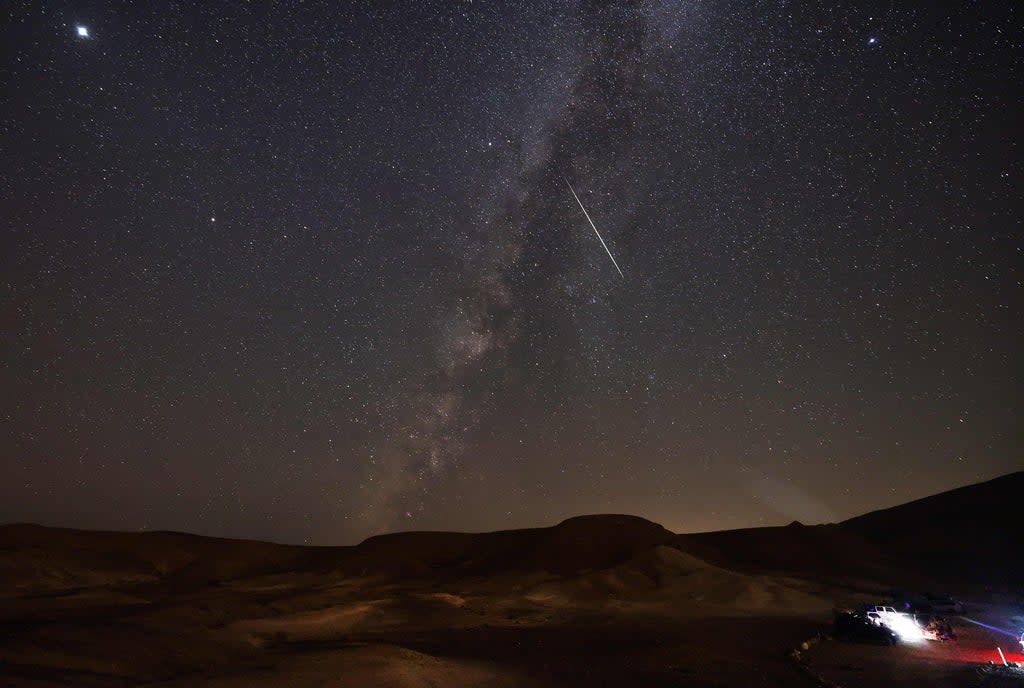
According to Nasa, the Hubble Space Telescope has reached a new milestone in its quest to determine how fast the universe is expanding. And it supports the theory that something weird is happening in our universe.
In recent years, astronomers have been using telescopes like Hubble to figure out how fast our universe is expanding.
However, as those measurements have become more exact, they have shown something odd. When comparing data from right after the Big Bang to the rate of growth of the universe as it is around us, there is a significant disparity.
Scientists are perplexed by the disparity. However, it shows that “something weird” is happening in our universe. It could be the product of unknown, new physics, according to NASA.
Hubble has been collecting data on a collection of “milepost markets” in space and time for the past 30 years. It can be used to trace the expansion rate of the universe as it moves away from us.
Nasa revealed that it had calibrated more than 40 of the markers, allowing for even more precision than before.
In a statement, Nobel Laureate Adam Riess of the Space Telescope Science Institute (STScI) and Johns Hopkins University in Baltimore, Maryland, said, “You are getting the most precise measurement of the expansion rate for the universe from the gold standard of telescopes and cosmic mile markers.”
He is the leader of a group of scientists who have published a new study documenting the Hubble Space Telescope’s biggest and likely final major update, doubling the previous set of mile markers and reanalyzing existing data.
Possibilities
The search for a precise estimate of how quickly space was expanding began when American astronomer Edwin Hubble saw that galaxies outside of our own appeared to be moving away from us. Since then, scientists have been trying to figure out what caused the expansion.
However, when the space telescope began gathering data on the universe’s expansion, it was faster than models projected.
According to astronomers, it should be about 67.5 kilometers per second per megaparsec, give or take 0.5 – but observations show it is around 73.
It shows that the evolution and expansion of the universe are more complicated than we previously thought. There is still more to understand about how the universe is changing.
The new James Webb Space Telescope recently launched into space is likely to send back its first observations soon. Then, scientists want to probe deeper into that problem. They should be able to view new mileposts that are even further away and in higher resolution as a result of this.






